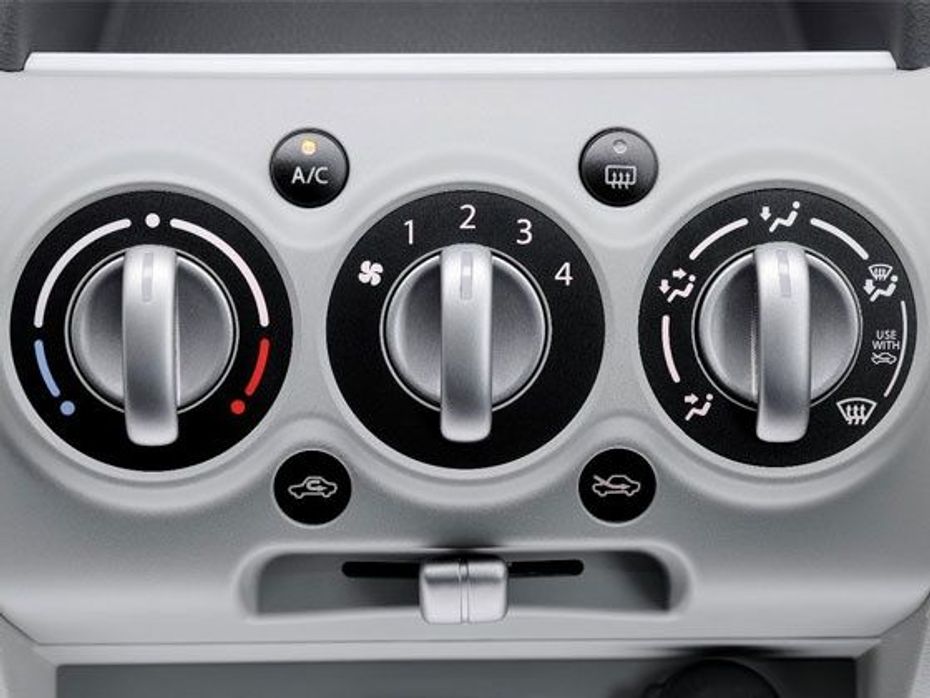
3 New Major Design Details Mahindra XUV 3XO Will Pack Over...
- Apr 12, 2024
- Views : 8644

They major components in a automobile air conditioning system are namely Compressor, Condenser, Receiver-Drier, Thermal Expansion Valve and Evaporator.
The Compressor is the primary component in a car air conditioning system. It is a belt driven pump powered by the crankshaft in the engine of a car. The compressor sends compressed refrigerant gas to the condenser.
The condenser is mounted in front of the engine’s radiator (and looks just like it) in case of a front engine car. The condenser has air flowing into it from the outside which the compressed gas into liquid. This generates heat which flows out from the other end of the compressor.

The refrigerant gas in its liquid form then flows into the receiver-drier. The receiver-drier is a small vessel which the liquid flows through, any moisture that might have mixed with the liquid is removed here otherwise water droplets will form in the air vents and into the passenger cabin.
The liquid then passes from the receiver-drier to the expansion valve which removes pressure from the liquid to allow it to expand back into its gaseous state of cool air which can be blown into the cabin through the air vents in the passenger cabin.
The gas then passes through something called an evaporator which is located inside the passenger cabin and behind the dashboard. As the cold air passes through the pipes of the evaporator it absorbs heat from the passenger cabin and vaporises in the process. The fan located inside the blows the cold air into the passenger cabin via the air vents.

3 New Major Design Details Mahindra XUV 3XO Will Pack Over...

Citroen Basalt vs Tata Curvv: Exterior Design Compared

This Tata Car Has Been Announced As The Official Car For IPL 2024

10 New Features Expected In The Upcoming 2024 Mahindra XUV 3XO...

Here’s How Fuel Efficient The 2024 Maruti Suzuki Swift Sold In...

The Fronx Has Been Rebadged! Meet The Toyota Urban Cruiser Taisor,...

Mahindra XUV300 Facelift Teased, Gets A New Name

Toyota Urban Cruiser Taisor : Base “E” Variant Detailed...

Citroen Basalt Vision, Its SUV Coupe For India, Revealed
India's largest automotive community